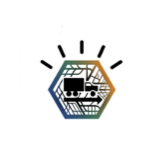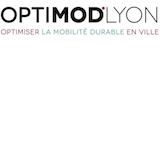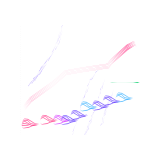popular content
smart deliveries

2011-... Research and development project in Urban Logistics carried with the Grand Lyon and 5 freight carriers, in the context of the Optimod Lyon project, with the support of ADEME. It aims at leveraging the city information (traffic, public works...) to improve logistic flows and optimize them. The current results are: to optimize delivery rounds, one must first have a proper method to resolve delivery locations from the text description of the round, and calibrate trips time properly, which requires tuning travel time estimation to each driver.
Once these steps have been performed, our results show the possibility of reducing travel time by 12%, distance traveled by 18%, and reduce total carbon emissions at the city scale by a few % (3600 teqCO2/y) as estimated by the Grand Lyon. In the fall of 2015, we are undertaking conducting rounds with drivers to estimate the gains in actual traffic conditions. read more....
traffic prediction and incident detection

2011-2014 Research project carried in the context of the OptimodLyon, with Laura Wynter and Sebastien Blandin's IBM Research teams. It aims at provide reliable 1-hour ahead traffic prediction on the city of Lyon, as well as various traffic regulation tools, such as early incident detection, incident duration and duration prediction and remediation strategies. read more...
highC: draw your music

2007-2012 HighC is a music creation tool. Its goal is to make music composition as simple and direct as sketching. The concepts behind this instrument, most notably its ability to create a sense of synesthesia have kept fascinating me, as I think they reveal a lot of insights on what human computer interaction is about: transforming objects made of bits into representations made of atoms and vice-versa. see and hear more...